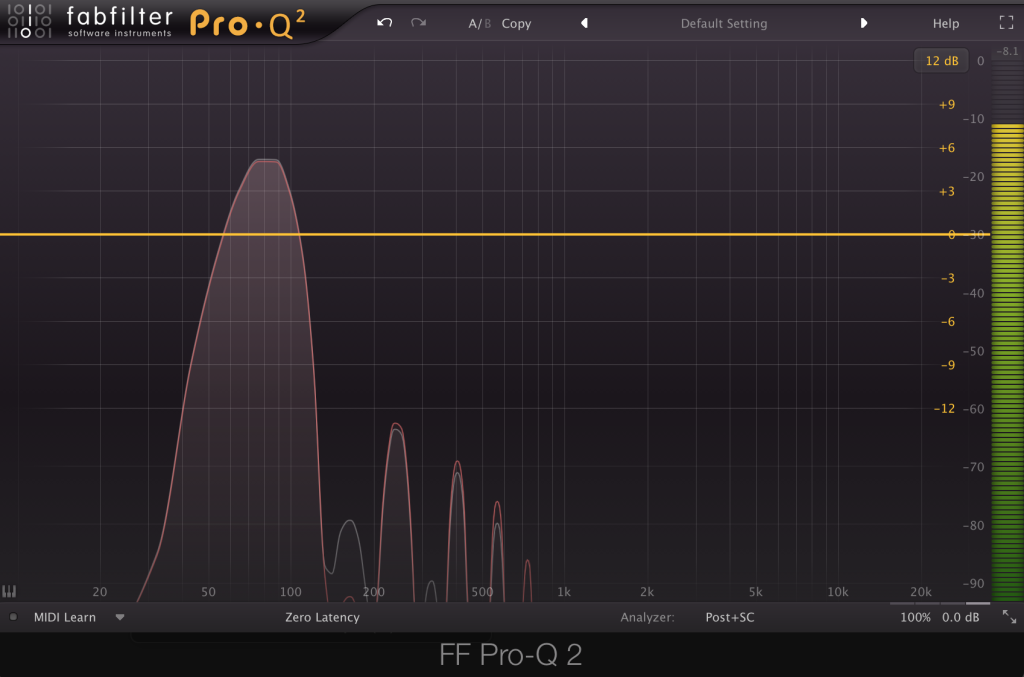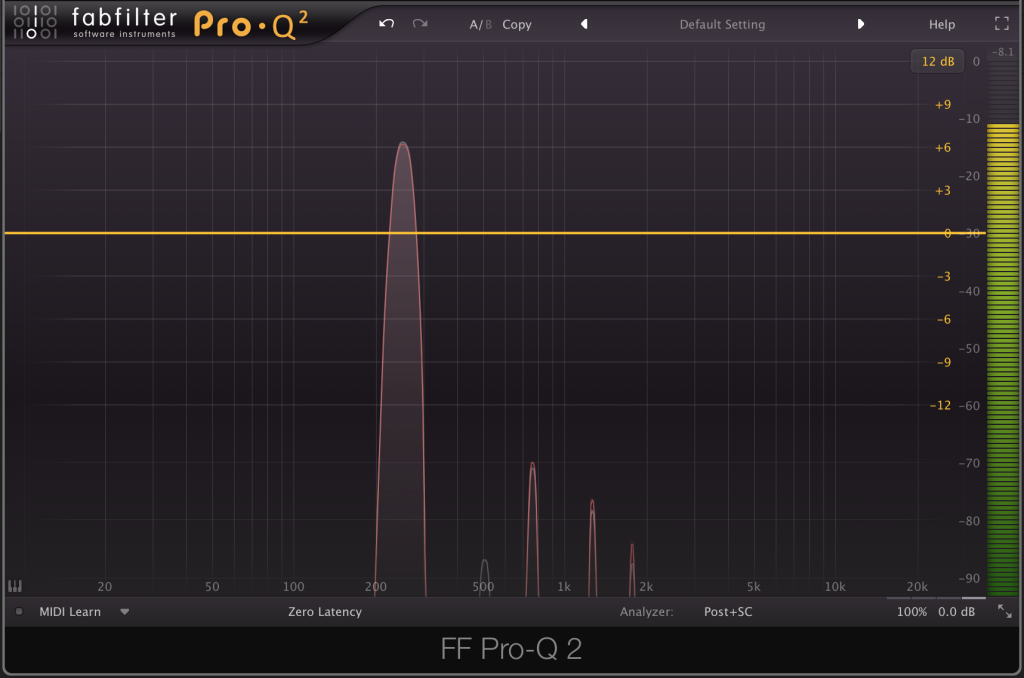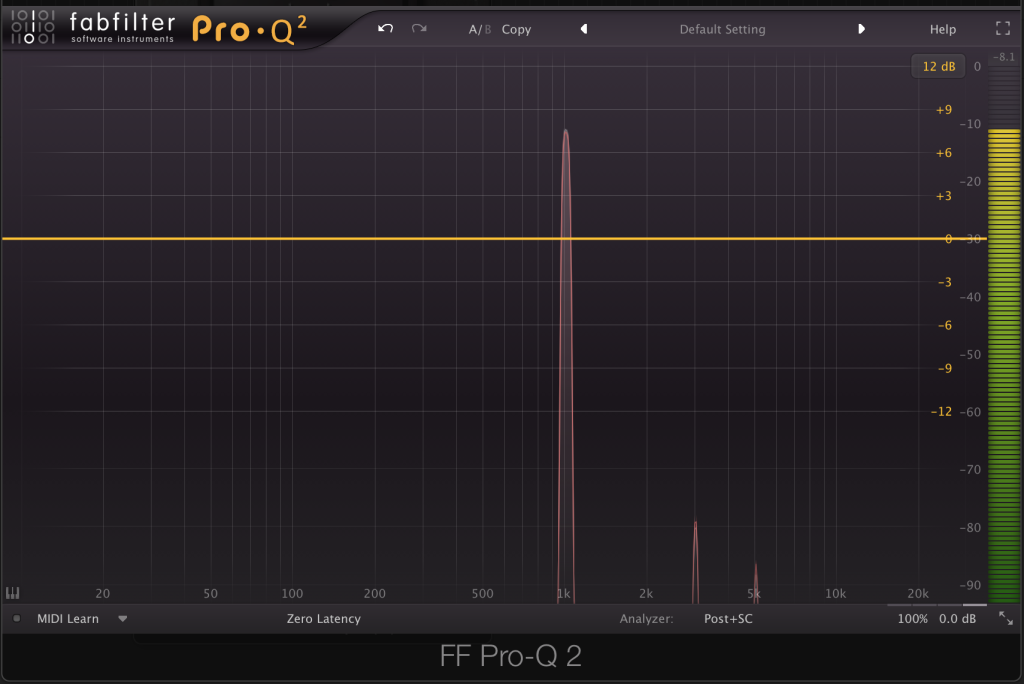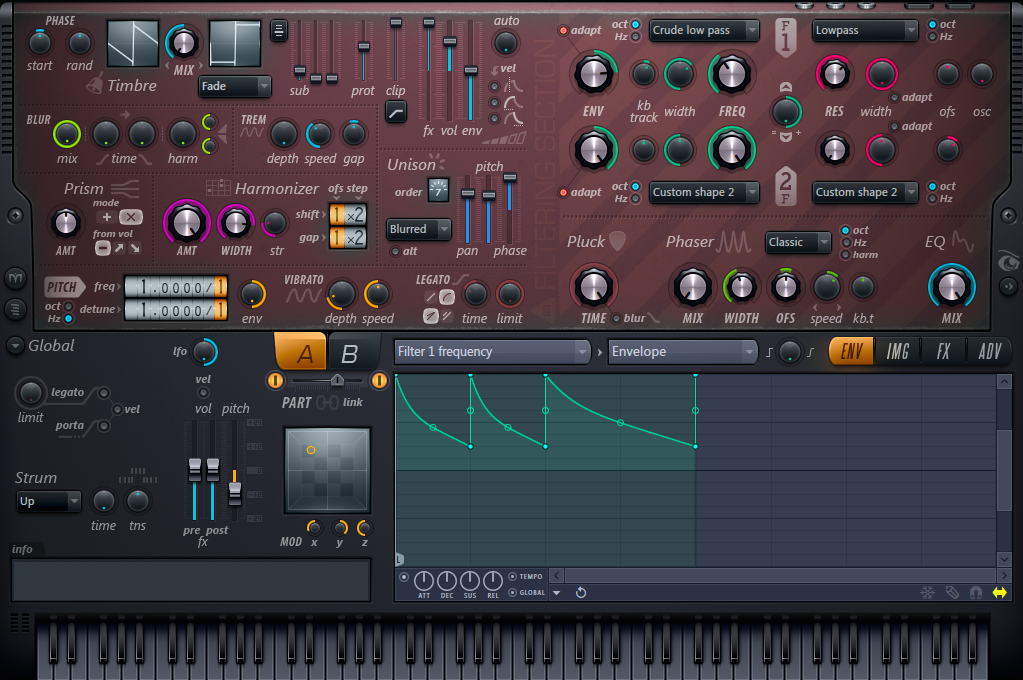In this article we will be looking at Waves SSL Comp and Cytomic’s The Glue, which fall under the top 20 most used plugins on the Splice platform. Both plugins are popular emulations of the legendary Solid State Logic G Buss Compressor that’s found on legendary analog desks such as the SSL 4000G and the 9000K. But what’s so good about it? The SSL Buss compressor was apparently a no-brainer compressor that made all the elements in your mix instantly “glue” with each other. This VCA-type compressor is able to make your mixes sound loud but yet transparent with that added expensive modern tone that you’ve been hearing in records for the past three decades. As the compressor has been such an integral component of many engineers’ and producers’ workflow, there’s been no surprise that many companies have developed emulations of the SSL Buss Compressor. There are a number of manufacturers such as Solid State Logic, Universal Audio, Waves and Cytomic that have taken the challenge to emulate the legendary compressor, but how do they fare with each other? In this article, we take the officially sanctioned clone of the SSL G Buss Compressor by Waves and see how it fairs to the “unofficial” clone by Cytomic.
The beauty about analog equipment is how they add harmonics to the signal that’s processed. These harmonics are produced due to how the internal circuitry and electronics work in tandem with each other to process the signal running through it. In order to compare how Waves’s SSL Buss Compressor and Cytomic’s The Glue produce harmonics, we will run a 1Khz sine tone through the compressors at 80hz, 250hz, 500hz, 1Khz and 5Khz and take a look at a Spectrum Analyzer post EQ to see how if there any any similarities or differences.
For this little experiment, I am using Fabfilter’s Pro – Q2’s spectrum analyzer to measure the output of the two compressors. The lines in red belong to the Waves while the ones in white belong to Cytomic.
1. Readings at 80hz with 3.5dB of compression, attack .3, release .1 [Waves is in Red, Cytomic in White]

From the readings, we can tell that both compressors respond almost identically to 80hz. The Waves SSL Compressor has an added harmonic at about 750hz while the Cytomic variant has a bump at around 150hz and 250hz which the is not present in the Waves’s model.
2. Readings at 250hz with 3.5dB of compression, attack .3, release .1 [Waves is in Red, Cytomic in White]

The readings are even closer at 500hz. The difference is that Cytomic’s compressor has a small harmonic at 500hz while the Wave’s compressor seems to produce slightly louder harmonics at around 750hz and 1.5khz.
3. Readings at 500hz with 3.5dB of compression, attack .3, release .1 [Waves is in Red, Cytomic in White]

At 500hz, we see almost no difference in how both the plugins respond and operate.
4. Readings at 1Khz with 3.5dB of compression, attack .3, release .1 [Waves is in Red, Cytomic in White]
Similarly at 1Khz, both compressors seem to be affecting the signal in a very similar fashion. The readings are pretty much similar with minute differences in the 5Khz range too.
To conclude, both compressors react and produce very similar harmonics at the different frequencies and hence in theory, should sound really close.
Comparing the Compressors in Real World Applications
Now let’s put it to the test and use both compressors on various musical applications.
1. Drum Buss
The SSL G Series Compressor is known for how it can make drums punchy and stick out in the mix. In the session, I have a Logic Drummer track with both compressors working at the same settings.
The settings are: 4dB of compression, 3ms Attack, .1ms Release and a ratio of 4:1.
Both processed sounds sound similar but there was a difference in the bottom end as well as how the snare was affected. The Waves’s variant seemed to have a little bit more woof around the 50hz region while the low end seems tighter on the Cytomic compressor. The attack of the kick drum is slightly enhanced with the Cytomic Compressor as well. Moving on to the snare, the snare drum has a more “crack” with the Waves SSL Comp as compared to Cytomic’s.
2. Master Buss
The SSL Compressor is widely used as the “glue” for many commercial mixes. So how does both compressors compare on a mix? We have a track here titled “Don’t Let The Devil Take Your Mind” by Jackie Greene (source: http://www.telefunken-elektroakustik.com/download/jackie-greene2/).
The settings are: ~4dB of compression, 3ms Attack, .1ms Release and a ratio of 4:1.
Right off the bat, Cytomic’s compressor added a brighter tone to the mix. The SSL on the other hand was slightly dull in comparison. Both do sound punchy (take a listen to how the snare drum sounds in the chorus) but Cytomic again does sound edgier than the SSL compatriot. However, I do prefer how the SSL works with the vocals in the mix. It seems a little smoother round the edges as compared to Cytomic’s.
In conclusion, it is really up to you as a producer to decide which compressor is best for the kind of music you work with. I reckon that the SSL would be better for more acoustic-type, organic music applications as it has a smoother tone than the Cytomic variant. But then again, if you like a slightly more modern, punchy and edgy sound, the Cytomic is probably the way to do.
Explore royalty-free one-shots, loops, FX, MIDI, and presets from leading artists, producers, and sound designers:
September 25, 2015


